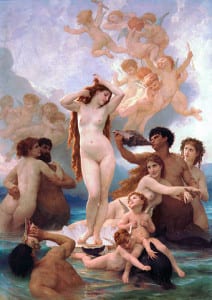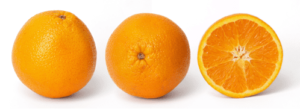
Would you say, “It takes years to study aesthetic in art!” or ask, “Is appreciating a simple orange utterly different than judging a masterpiece of artwork?”

Debating what is beautiful can be sometimes hazardous. I often got myself into serious arguments with curators of the “modern art establishment connoisseur”.
I am a painter, but also a physicist, so I believe in facts. In this science abstract, the results showed that the most important part of the brain for aesthetic appraisal was the anterior insula: a part of the brain that sits within one of the deep folds of the cerebral cortex. When we read deep in the cerebral cortex, that means we are dealing with the very basics: eating, drinking and reproduction.
Ouch! I see a masterpiece…

Being a classical painter, my quest for beauty is an endless one, just like yours I believe. This study explains the gut feeling I have when I see a remarkable work of art, hear a beautiful music piece or witness a dazzling sunset.

The next time I hear experts telling me that classical art is only good for decorating walls and that they’d prefer an abstract piece over, say, the Mona Lisa… I will have my doubts.